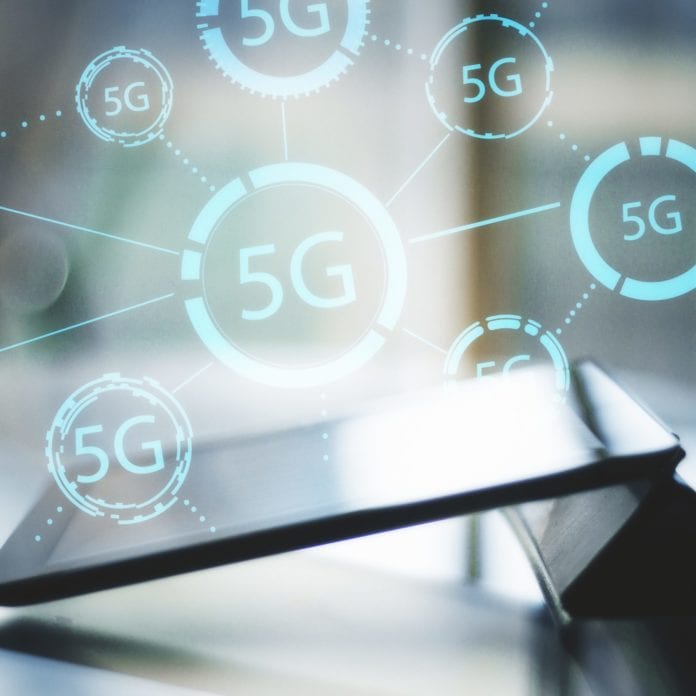Better 5G devices are a carrier’s best shot at establishing a competitive edge
5G network deployment may be accelerating world-wide, but according to Mobile Posse, the development of 5G devices is lacking. The mobile software company believes that now is the time for carriers to focus on how to combine the power of the device with the power of the network, and according to Greg Wester, Mobile Posse’s CMO, doing so all comes down to enabling content discovery.
“One of the advantages of 5G,” Wester told RCR Wireless News, “is that it makes the consumption of content on your device much faster. But what is doesn’t do is make the decision about what content to access easier or faster.”
This type of decision-assisting intelligence, said Wester, is missing from the 5G devices currently on the market, and advocating for the addition of it is an operator’s best interest.
“And it may sound strange,” he continued, “but I believe 5G actually makes it harder to consume content. We have been tracking how people use phones and why they use phones.”
What the research showed is that, when filling those small pockets of time with nothing to do — waiting for an elevator or bus, for instance — users have a tendency to pull out their phone without a specific application in mind. In fact, users unlock their phone an average of 70 times per day, but only 11% of them have a specific app in mind, more than 90% of the time. The report defines this state of mind as “appnostic.”
Further, Wester explained, that if a user is not on Wi-Fi, they are likely to naturally filter out any rich media experiences: “You say to yourself, ‘I don’t have time for it to queue up or for this page to load.’
“You do this subconsciously,” he added.
But with 5G, you do have time for those rich media experiences because the network is so fast. Because of that, choosing what to access actually becomes harder, Wester said: “It’s like going to the grocery store and at first only have two mustard options, and then going again and suddenly having 50.”
So why should this matter to the carrier?
“Appnostic” user behavior has the potential to create lucrative opportunities for wireless carriers if they understand and act on the reality that the mobile journey begins every time a user unlocks their phone, Wester says.
“What carriers want in 5G is for the user to indulge in a 5G experience that has something to do with them,” Wester explained. So, if a carrier becomes more involved in developing 5G devices that better enable content discovery, it becomes possible to direct a user to access applications or functions that directly benefit the carrier itself.
Wester also touched on how the device itself is the thing that will set an operator apart from its competition. Mobile operators are rushing to implement 5G. Users will be coming from 4G coverage and moving to 5G, and carriers are going to have customers who live in another carrier’s 5G coverage, so demonstrating a competitive advantage as 5G network rollouts are progressing is critical.
The device is going to be central to the 5G network. “It should be able to promote why 4G users should want to upgrade,” he said. “It’s the one competitive advantage that a mobile carrier has when competing against everybody else offering similar services,” said Wester.

